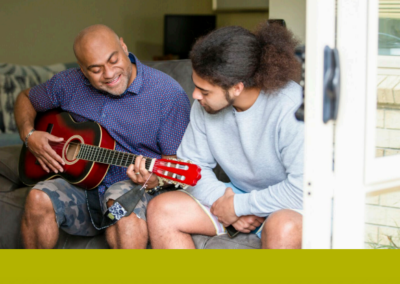Case Study_Monte Cecilia_FINAL

Social service agencies, a school principal and a mother who had recently been homeless described the dire emotional and physical toll that homelessness takes, especially on women and children who make up New Zealand’s largest category of homeless people.
A Lower Hutt principal said housing insecurity and homelessness are having a worrying impact on the health of his students, as well as seriously disrupting their education and future opportunities. Eight students had moved from the school since mid-October due to their families’ having to move out of their rented homes.
A single working mother of two, who found herself homeless for several months, told how her primary school aged son developed behavioral problems moving from one overcrowded dwelling to another. Her newborn baby contracted meningitis, a condition her doctors put down to their overcrowded living conditions.
Around 30 people attended the Policy and Regulatory Committee’s discussion of the first stage of developing a homeless strategy for the city and Council’s role in responding to the problem. The strategy would aim to prevent homelessness where possible, improve responses to homelessness in the city, and link to broader work on the longer term issues of housing affordability.
For the past few months, Council staff have been researching homelessness. Council Principal Research and Policy Advisor leading the research, John Pritchard, says the broad findings are that homelessness in the city has been increasing for the last 12 years and people are taking longer to find stable accommodation than in the past.
“What’s also clear is that it can take just a couple of common life events – a redundancy, chronic illness or a relationship breakdown – and any of us could be pitched into homelessness. And if you’re on a low income, the risk is so much greater.”
The popular image of homelessness is people living on the streets or in vehicles, but the largest category of homeless people in New Zealand is single parents with children, usually moving from one severely overcrowded dwelling to another, according to a University of Otago study of the most recent census results.
The main reason behind homelessness is the restricted housing supply and its impact on affordability. The cost of private rentals in the northern and eastern wards jumped 23 per cent in the last three years and 18 per cent in Wainuiomata. Compounding the problem has been an inadequate supply of social housing, illustrated by an 85 per cent increase in the public housing waiting list between June 2017 and June 2018.
Another barometer of urgent housing need is the number of emergency housing special needs grants, issued by the Ministry of Social Development, that pay for people to stay in emergency housing such as motels or hotels.
The number of grants has increased for each successive quarter of this year. In the September quarter of this year, 600 grants were paid out compared to 348 in the same quarter of 2017.
Forty-five per cent of emergency accommodation funding spent in the Wellington Region was paid out to Lower Hutt households in the September quarter.
The homelessness strategy will be discussed at a full Council meeting on 11 December.
Community Housing Aotearoa Newsletter - 3 November 2025
Community Housing Aotearoa newsletter - 6 October 2025
Te Matapihi and CHA_Media Release_9 September 2025_ Government’s response to homelessness is a step in the right direction